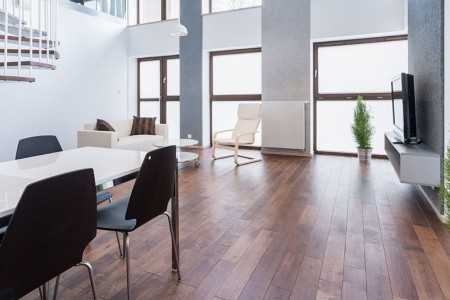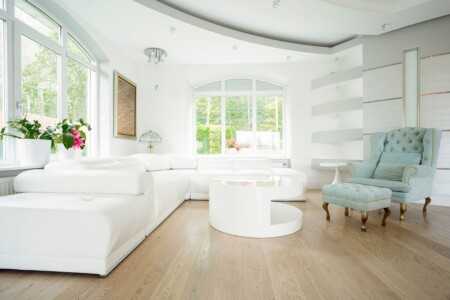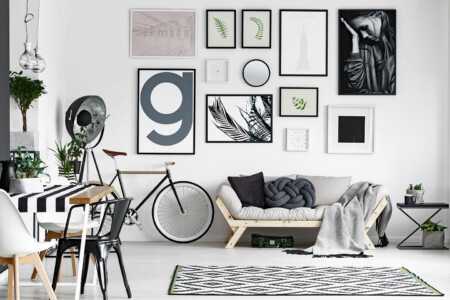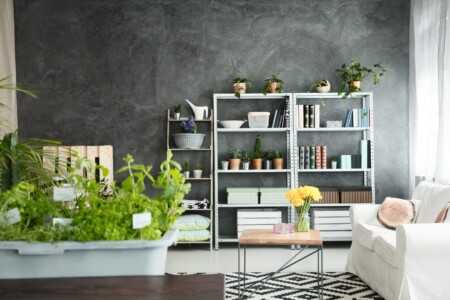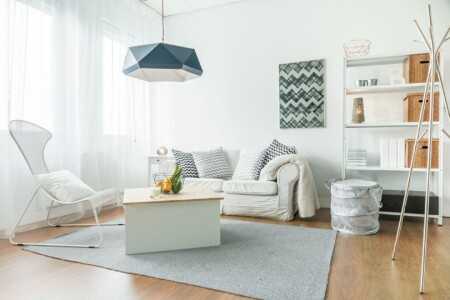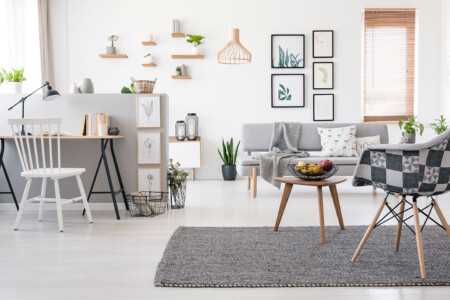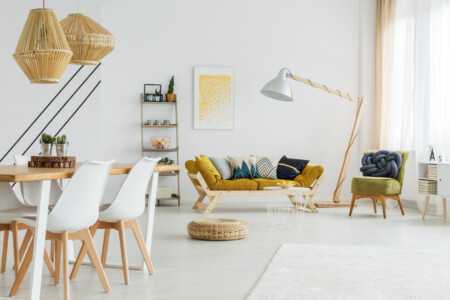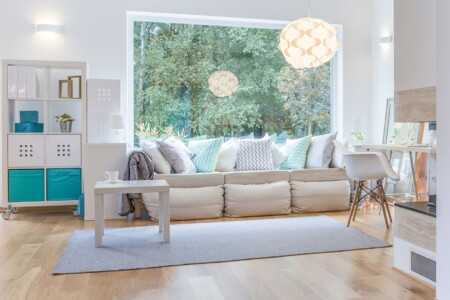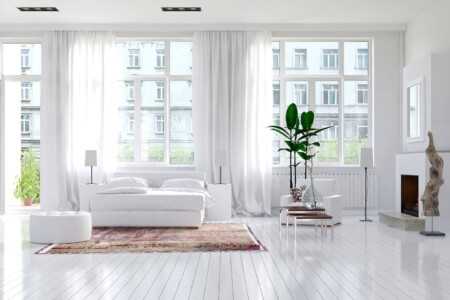Could this 5 people 3-bedroom apartment in Hurghada Mubarak 7 meet the needs of families with blended families?

Evaluating whether a 5-people, 3-bedroom apartment in Hurghada Mubarak 7 suits the needs of blended families
Finding the right living space can be challenging for families with complex dynamics, especially blended families that may have varying needs and routines. The 5-person, 3-bedroom apartment located in Hurghada Mubarak 7 offers a unique living arrangement, and it’s worth examining whether it effectively suits the lifestyle of blended families. This analysis covers essential aspects such as space utilization, privacy, common areas, and neighborhood advantages.
Space allocation and bedroom arrangement
A 3-bedroom apartment for 5 people typically aims to balance shared and private spaces. For blended families, where kids might be from different parents or ages, bedroom setup is crucial. The apartment in Hurghada Mubarak 7 generally includes:
- One master bedroom, often used by parents.
- Two additional bedrooms that can accommodate one or two children each, depending on their size and furnishing setup.
Given that blended families can range in size and composition, the apartment allows for some flexibility. Parents can assign bedrooms based on children’s gender and age to maintain comfortable living arrangements. However, if the children need more private space due to age differences, the 3-bedroom option is just at the threshold, possibly requiring one room to be shared by multiple children.
Privacy considerations
Privacy often takes priority in blended families due to varying sleeping schedules and the need for quiet study or play areas. The apartment’s layout in Mubarak 7 plays an important role here. Many 3-bedroom apartments in the area provide a comfortable separation between bedrooms, reducing noise disturbance. If bedrooms are positioned on opposite sides of the apartment, this strengthens privacy, which can be highly beneficial.
Still, families considering this rental or purchase should evaluate their routines. For example, if teenage children are sharing a bedroom, some may feel a lack of privacy. Adding room dividers or furniture that creates personal zones may help, but space limitations have their bounds.
Living areas and communal spaces
Blended families thrive when common areas support bonding as well as independence. The 3-bedroom apartment in Hurghada Mubarak 7 typically includes:
- A living room spacious enough for family gatherings.
- A dining area that fits 5 or more comfortably.
- A kitchen that allows multiple users simultaneously, which can be helpful when the family’s daily routines overlap.
These shared spaces encourage quality time, which is essential for family cohesion. The apartment size in Mubarak 7 aims to balance ample communal space without making the environment feel crowded. This balance can be especially important for blended families where coordinating schedules and activities requires flexible shared zones.
Bathrooms and convenience
Another critical aspect when evaluating this apartment type for blended families is the number of bathrooms. Most 3-bedroom apartments here have one or two bathrooms. This might work depending on families’ morning routines, but larger families or those who prefer separate bathrooms for adults and children may find a single bathroom challenging.
The presence of two bathrooms is a definite advantage, providing added convenience and reducing wait times. Families with younger children also benefit from a bathroom located closer to the bedrooms.
Location and community environment
Hurghada Mubarak 7 is well-regarded for its family-oriented environment and accessibility to schools, parks, and shopping centers. These community features are essential for blended families looking to settle into a supportive neighborhood where children can thrive socially and academically.
Proximity to educational institutions means easier school runs, while nearby parks provide safe play areas for children of all ages. Additionally, the community settings foster social interactions between families, offering essential local networks for blended families who may be new or transitioning.
Storage and flexibility
Effective storage solutions enhance the livability of this 3-bedroom apartment for a blended family. With 5 people sharing one space, ample storage is necessary to reduce clutter and organize belongings.
Hurghada Mubarak 7 apartments often feature built-in wardrobes and additional storage spaces under beds or in communal areas. Families may want to invest in extra shelving or multipurpose furniture to maximize space.
Financial considerations
The cost-effectiveness of renting or buying a 5-person, 3-bedroom apartment in Hurghada Mubarak 7 can be appealing to blended families. It strikes a balance between affordability and comfort. While larger apartments with more bedrooms exist, they come with higher costs.
This apartment size offers families the chance to live in a decent-sized home without overstretching finances, allowing budget allocation for other essentials such as school fees, extracurricular activities, or family outings.
Practical tips for maximizing comfort
If you are considering this apartment for your blended family, here are some practical tips:
- Room Sharing Plans: Decide on bedroom assignments based on needs such as age, gender, and privacy preferences.
- Furnishing Thoughtfully: Use flexible furniture like bunk beds, foldable desks, or storage ottomans to optimize space.
- Setting Shared Rules: Clearly define quiet times, chores, and shared space usage to prevent conflicts.
- Enhance Privacy: Use curtains, room dividers, or white noise machines if needed to create personal zones within bedrooms.
- Utilize Common Areas: Encourage family time by making the living and dining spaces welcoming and multifunctional.
A 5-person, 3-bedroom apartment in Hurghada Mubarak 7 can meet the practical needs of blended families if the layout and environment align with the family’s routines and expectations. By focusing on privacy, shared living balance, and community advantages, this apartment type offers a feasible solution that many blended families could find comfortable and supportive for their everyday life.
Key features and living dynamics of blended families in shared apartment spaces
Understanding the needs of blended families in shared living environments
Blended families bring unique dynamics into shared living spaces, calling for thoughtful designs and arrangements. Unlike traditional family units, these households often consist of biological parents, step-parents, and children from various previous relationships. This diversity in members means shared apartments need to balance privacy, communal living, and flexibility to accommodate everyone’s needs.
In shared apartments, especially those with limited space such as three-bedroom units, these factors become even more critical. Families must navigate how to use common areas effectively while ensuring each member has personal space for comfort and growth. Thoughtful planning in apartment layout and usage can make all the difference in fostering harmony within blended families.
Core features important for families with varied household members
- Private Bedrooms: Each child or couple may require their own bedroom to feel secure and respected. Apartments with three bedrooms need to creatively assign rooms to meet this demand, potentially including flexible room divisions or convertible spaces.
- Shared Bathrooms: Bathrooms can often become points of contention in a blended family. Having multiple bathrooms or a well-organized bathroom schedule can minimize conflict and streamline daily routines.
- Ample Living Areas: Spacious living and dining rooms allow families to bond while offering room for different activities at the same time, such as studying, TV watching, or playing games. This balance supports both togetherness and independence.
- Storage Solutions: With more people sharing a space, storage needs multiply. Closets, cabinets, and innovative storage options help keep personal belongings organized and reduce clutter that could cause stress.
- Noise Management: Soundproofing or strategic furniture placement can help minimize noise disruptions, respecting everyone’s privacy and rest time.
How daily living dynamics play out in shared spaces
Blended families often adopt unique routines that differ from traditional setups. Shared kitchens require cooperation for meal planning and cleanup, often calling for established schedules or shared responsibility systems to avoid misunderstandings or feelings of imbalance.
Communication is vital when living in close quarters. Members benefit from regular family meetings where everyone can express needs, share grievances, and coordinate daily plans. This can build empathy and prevent small issues from escalating.
Children in blended families also adapt to sharing living spaces with step-siblings or half-siblings. Offering each child personal space, even if small, fosters a sense of ownership and comfort. Additionally, common areas can serve as bonding zones while respecting the individuality of each child.
Design strategies to support blended family dynamics
Architects and interior designers who understand the challenges of blended families often propose adaptable furniture and multi-functional rooms. Installing room dividers or modular beds can help maximize bedroom usability, while fold-away desks or bunk beds create more floor space.
Lighting control, such as dimmable lights and blackout curtains, is another useful strategy, helping diverse members personalize their environment according to their preferences and routines. Such small details can significantly improve living harmony.
In apartments with limited bathrooms, adding features like double sinks or installing communication boards can help coordinate bathroom schedules effectively. these adjustments can enhance everyday functionality and comfort.
Balancing privacy and shared experiences
One of the biggest challenges for blended families in shared apartments is finding the right balance between privacy and togetherness. While private bedrooms offer refuge, shared spaces encourage connection and cooperation. Creating zones for solitude and socialization within the apartment supports healthy relationships among family members.
A well-structured layout might include separated sleeping areas for parents and children, alongside a communal living area that serves as the heart of the home. This arrangement encourages family bonding while honoring individual boundaries.
Moreover, families often benefit from establishing house rules that cater to their unique makeup. These may include quiet hours, shared chore assignments, or designated spaces for different activities. Clear expectations help reduce stress and foster mutual respect, making living together smoother.
The role of location and community in shared family living
Beyond the physical space, the apartment’s location also impacts the daily life of blended families. Proximity to schools, parks, and community centers provides children with social opportunities and recreational outlets, which supports emotional well-being and family cohesion. Access to essential services reduces travel time, making routines more manageable for busy households.
Additionally, a welcoming and family-oriented neighborhood can offer support networks such as after-school programs, family events, and recreational clubs. These external factors enrich the living experience of blended families and complement the benefits of well-designed apartment spaces.
Final thoughts on shared apartments for diverse families
Living in a three-bedroom apartment as a blended family requires intentional planning and open communication to meet everyone’s needs. Key features such as private bedrooms, multiple bathrooms, and flexible living spaces form the foundation. Meanwhile, understanding daily interactions and applying design strategies tailored to family diversity can turn a compact apartment into a harmonious home.
By addressing the unique dynamics blended families face within shared apartment settings, it’s possible to create spaces that foster both privacy and connection, leading to happier, more cohesive households.
Summary of key points
Choosing a 5-people, 3-bedroom apartment in Hurghada Mubarak 7 can be a practical option for blended families, but it requires thoughtful consideration of each family member’s needs and routines. The space offers enough bedrooms to separate parents and children, which is crucial for privacy and comfort in blended family living. Additionally, the communal areas in such apartments are designed to encourage interaction, helping blended families build strong bonds while navigating their daily lives together.
Understanding the unique dynamics of blended families is essential when deciding if this type of apartment fits your lifestyle. Shared spaces must accommodate different schedules, privacy needs, and personal belongings. This apartment’s layout, combined with Hurghada Mubarak 7’s convenient location and community features, can provide a supportive environment where every family member feels respected and accommodated.
Ultimately, the suitability of this apartment depends on how well it aligns with your family’s habits and expectations. If you value a balance between communal living and personal space, a 3-bedroom apartment in Hurghada Mubarak 7 designed for five people can meet those needs effectively. By carefully planning room arrangements and establishing household routines, blended families can create a harmonious home that supports growth, comfort, and connection.

